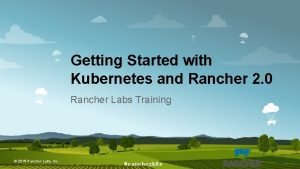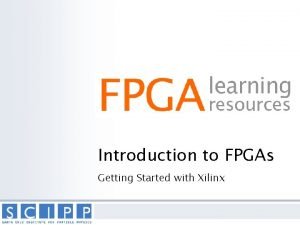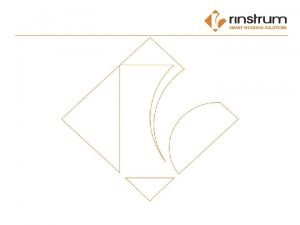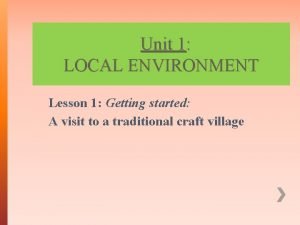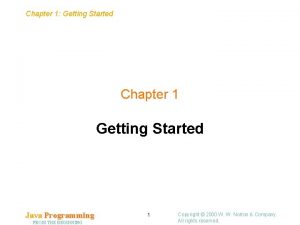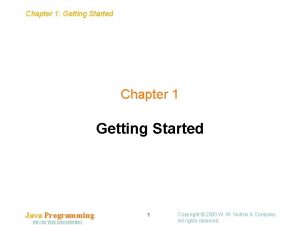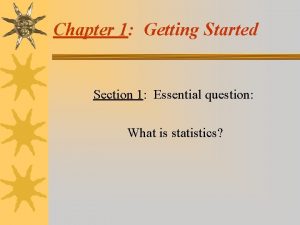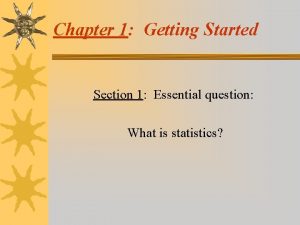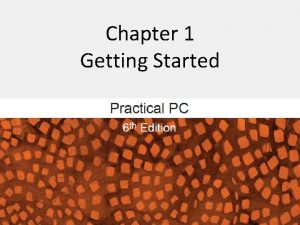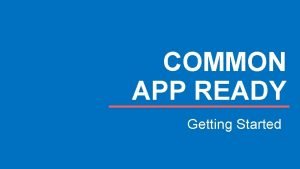Chapter 1 Getting Started Section 1 Essential question















- Slides: 15

Chapter 1: Getting Started Section 1: Essential question: What is statistics?

Statistics · the science of collecting, organizing, summarizing, and analyzing information in order to draw conclusions ¬the study of how to collect, organize, analyze, and interpret numerical information from data

Definitions ¬Individual: The people or object in a study. ¬variable – the characteristics of the individual to be measured or observed

Definitions Continued ¬ quantitative variable – has a value or numerical measurement ¬ qualitative variable – describes an individual by placing the individual into a category or group

Definitions Continued ¬ population – the group to be studied ¬ sample – a subset of the population; a collection of some of the elements/ individuals obtained from a population

¬ descriptive statistics ¬ inferential statistics – consists of – involves methods organizing and of using information summarizing the from a sample to information draw conclusions collected regarding the population based on the analysis of data

Measures ¬ parameter – ¬ statistic – descriptive measure of a population of a sample

1. Identify the research objective • identify a group to be studied and determine the questions to be answered. 2. Collect the information needed to answer the questions. 3. Organize and summarize the information (descriptive statistics). 4. Draw conclusions from the information (inferential statistics).

Determine if each example would describe a population, sample, individual, variable, parameter, or statistic

1. The average test score for all the students in a statistics class.

2. A farmer randomly selects 100 soybean plants from his crop to measure the weight of the soybeans

3. Each car in a study of the population of all 2002 Honda Civics

4. People 18 years or older in the United States

5. The average income of 50 randomly selected families located in Harrisburg

6. The weight of each car in a study of the population of all 2002 Honda Civics
 The secret of getting ahead is getting started
The secret of getting ahead is getting started Getting started with vivado ip integrator
Getting started with vivado ip integrator Unix for bioinformatics
Unix for bioinformatics Splunk free training
Splunk free training Rancher getting started
Rancher getting started Getting started with excel
Getting started with excel Outlook tutorial 2010
Outlook tutorial 2010 Getting started with xilinx fpga
Getting started with xilinx fpga Lua getting started
Lua getting started Unit 1 hobbies
Unit 1 hobbies Unit 1 getting started
Unit 1 getting started Find these things in unit 1
Find these things in unit 1 Linkedin getting started
Linkedin getting started Hi3ms
Hi3ms Dr jeffrey roach
Dr jeffrey roach Getting started with ft8
Getting started with ft8




